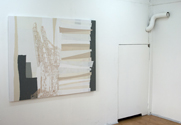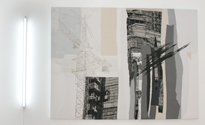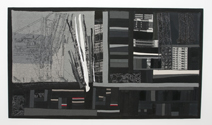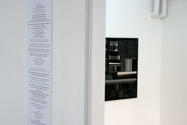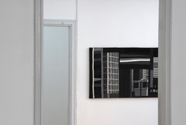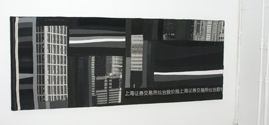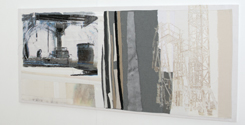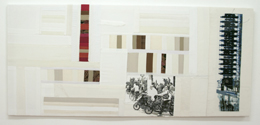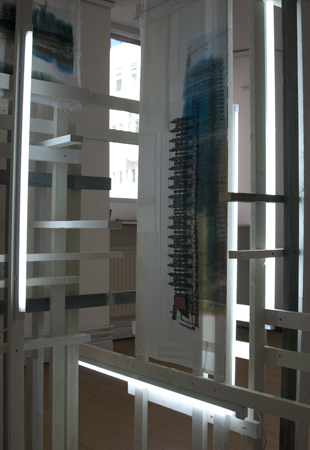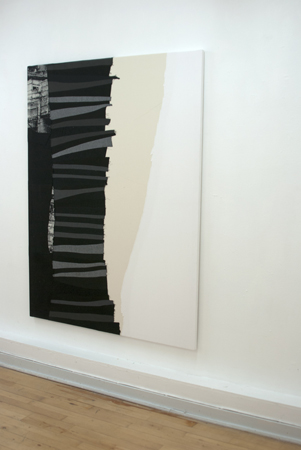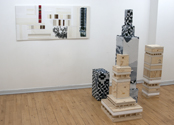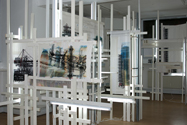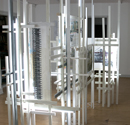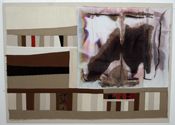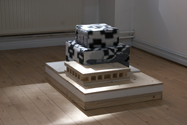In my art, I have been working with the role of textile in our private sphere and its narrative qualities. Textiles are materials that we surround us with in the home, we wear them around our bodies; it’s a material strongly connected with cultural identity. Textile’s social history and the collective memories it brings up, has long been the main material I work with. Textile has, since the cradle of industrialization, also been part of a world trading system that has been working across both national borders and cultural groupings. Thus, the textile as a bearer of personal identity is full of contradictions, today a local culture is created as a result of inspirations from all over the world.
|
|
 |
| In today's urban cluster, in which people and cultures are mixed, goods and ideas emerge in new combinations, and with new meanings. Today, many are living in a mental space that is far greater their actual physical locality. New interfaces are created via social media: it may be called a knowledge-based democratization process, in which the knowledge about “the others” no longer is a Western privilege. |
| In the project Urban Weft, I work with the city as both body and mind; the city as a social construction and physical manifestation. What has come to me in the textile, the woven, twisted wires interlacing, brings me to the architecture and the city's smallest components. In the urban landscape that is constantly changing between chaos and order, I wish to understand the dynamics that occur when people misappropriate new rooms, create temporary venues and parasitic forms that conflict with what is already established. In my own work, I seek methods that provide opportunities for improvisation and randomness, a recycling of material mixed in new combinations and given new meanings. |
| There is something about city construction as a site for global dreams, like a physical ornamentation, which attracts me –something that is more, and beyond the narrative. |
|
| Shanghai 2012 Photo: Petter Hellsing |
|

